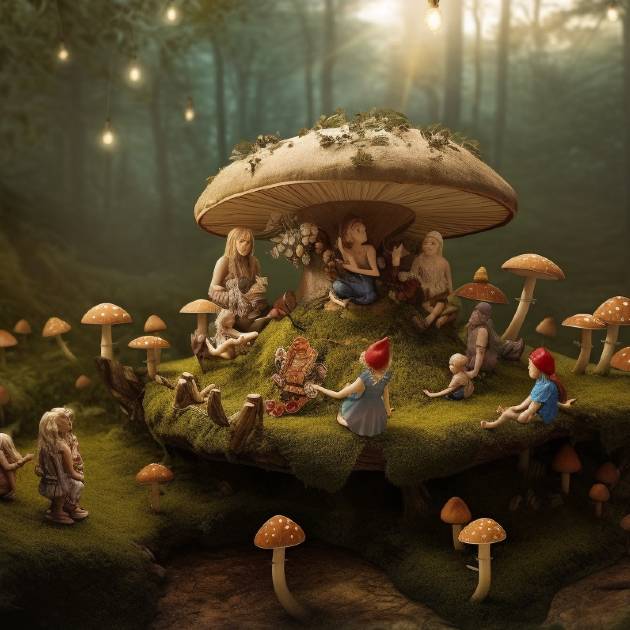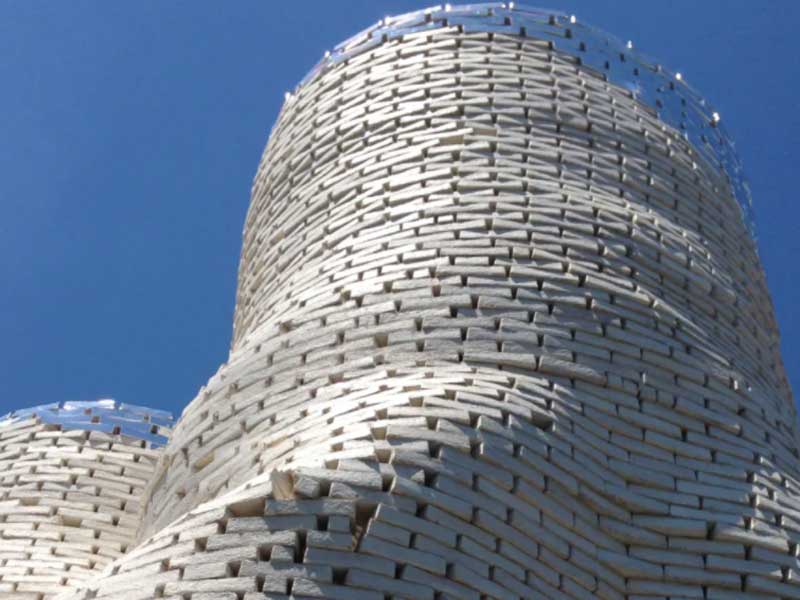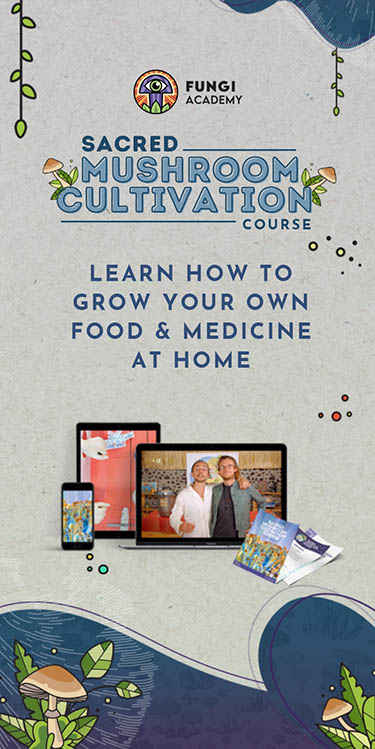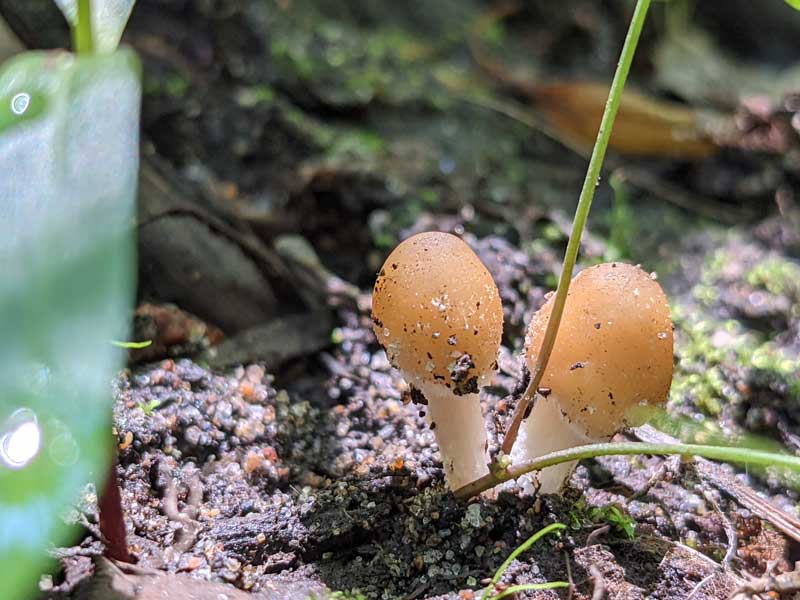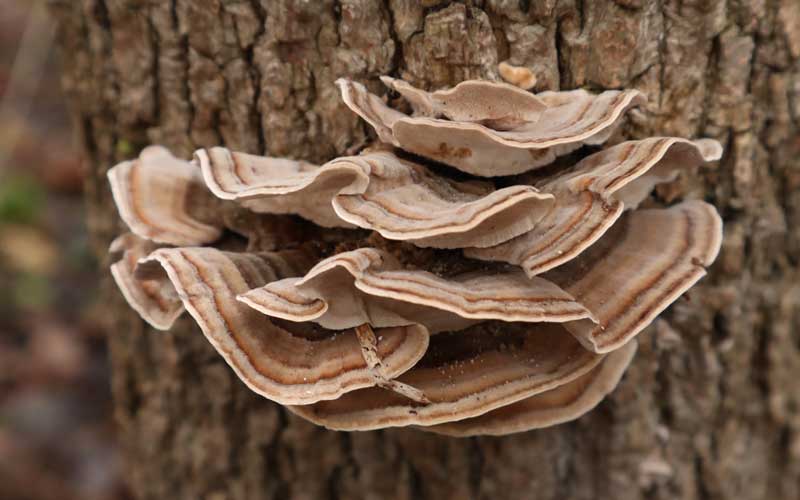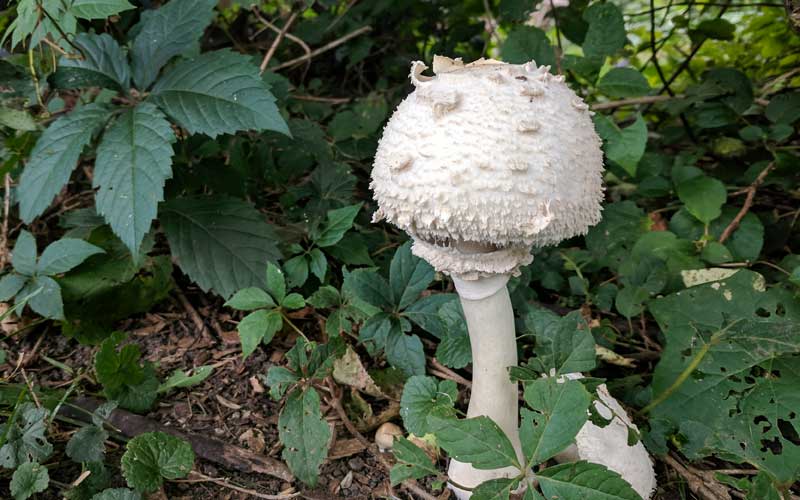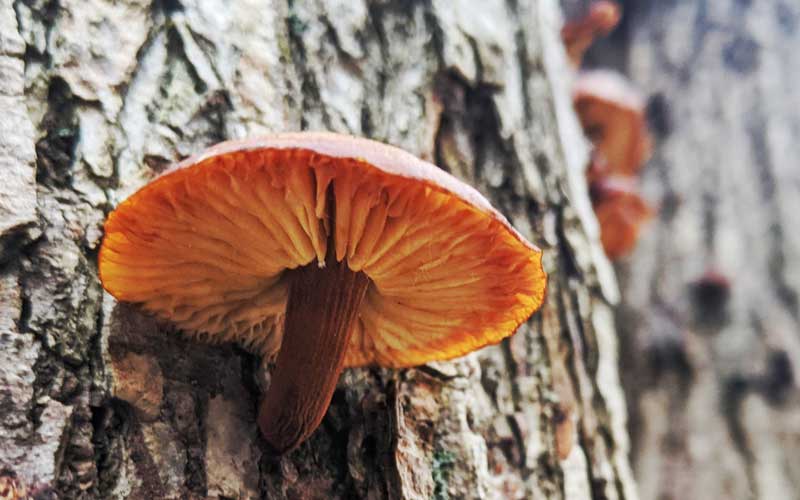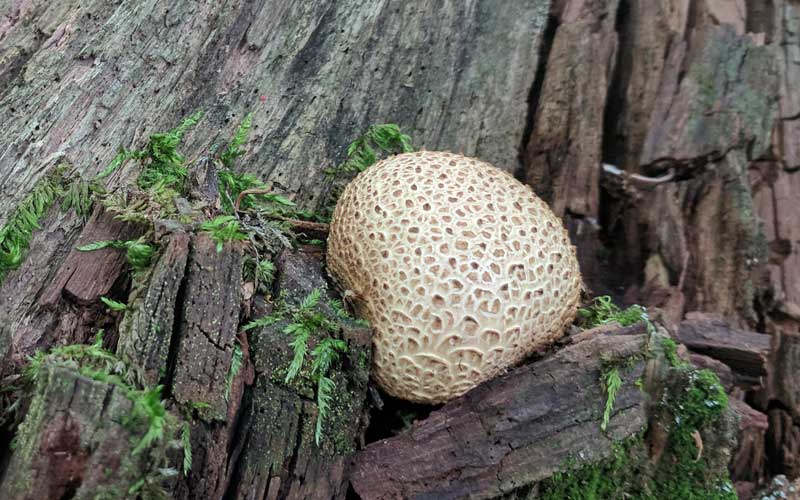- Home
- Mushrooms Intro
- Bioluminescent Fungi
The Enchanting World of Bioluminescent Fungi.
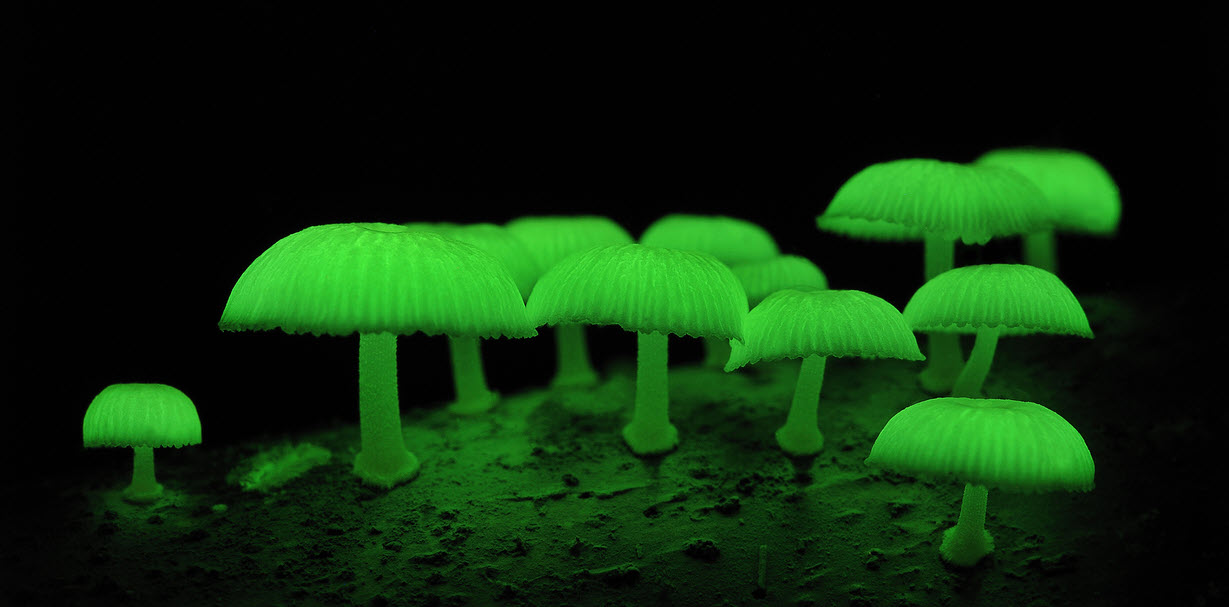
Have you ever wandered through a wood or forest and stumbled upon mysterious mushrooms emitting an ethereal glow? If you have, then you've encountered the enchanting world of bioluminescent fungi.
Today, we dive into the captivating realm of these luminous mushrooms, shedding light on the science behind their glow, their ecological significance, and the captivating myths and tales they have inspired.
At first glance, bioluminescent fungi might seem like something out of a fairytale, but their glow is far from fictional. These mushrooms possess a unique ability to emit light, a phenomenon known as bioluminescence.
The science of bioluminescence.
The glow itself is a result of a chemical reaction occurring within the fungal cell, involving the interaction between a light-producing compound called luciferin and an enzyme known as luciferase.
While the exact reasons for this glow remain a mystery, it is believed to serve various ecological purposes. Some experts speculate that the luminosity attracts insects, acting as a nocturnal beacon for spore dispersal.
In fact, studies have shown that certain beetles are specifically drawn to the glow of bioluminescent fungi, possibly aiding in spore distribution as they traverse through the forest.
The world of bioluminescent fungi is both vast and diverse, with numerous species exhibiting this extraordinary trait.
One well-known example is the ghost fungus (Omphalotus nidiformis), found in Australia. Its eerie greenish glow creates an otherworldly ambiance in the dark woods, and it is a sight cherished by those lucky enough to witness it.
Bioluminescence and folklore.
Exploring the cultural significance of bioluminescent fungi reveals a rich tapestry of tales and myths woven around these luminous wonders. In Japanese folklore, the glowing lights emitted by these mushrooms are believed to be the spirits of the dead, leading lost travelers off the path.
They are known as "Hitosuji-take" or "Hito-dake," meaning "human-guiding mushrooms."
Similarly, indigenous cultures in Central and South America perceive the glow of bioluminescent mushrooms as the souls of departed loved ones, guiding them through the night.
Bioluminescence and biotechnology.
In addition to their cultural influence, bioluminescent fungi have also found practical applications in modern biotechnology. Researchers are exploring the potential of harnessing their light-producing capabilities for biomanufacturing.
Imagine a future where the glow of these mushrooms provides a sustainable alternative to traditional light sources, or illuminates the pathways of biosensors, aiding in medical diagnostics. The possibilities are truly fascinating.
However, it's important to approach the world of bioluminescent fungi with caution. While their glow may seem enchanting, some species can be toxic if ingested. As amateurs, it's crucial to admire their brilliance from a respectful distance and avoid any temptation to consume these captivating mushrooms.
Wrapping up…
The world of bioluminescent fungi is a captivating realm of science, ecology, and folklore. These illuminated mushrooms, with their mesmerizing glow, hold secrets we are only beginning to unravel. From their intriguing ecological roles to their cultural myths and tales, bioluminescent fungi continue to captivate our imaginations.
So, the next time you find yourself exploring a dark forest, keep an eye out for these miraculous mushrooms - they just might illuminate your path and ignite your curiosity for the mysterious wonders of the natural world.
Related Topics:
Mushrooms in Folklore and Mythology.
Mushrooms have featured in world folklore and mythology for millennia, giving them a sense of magic and power. Read the full article...
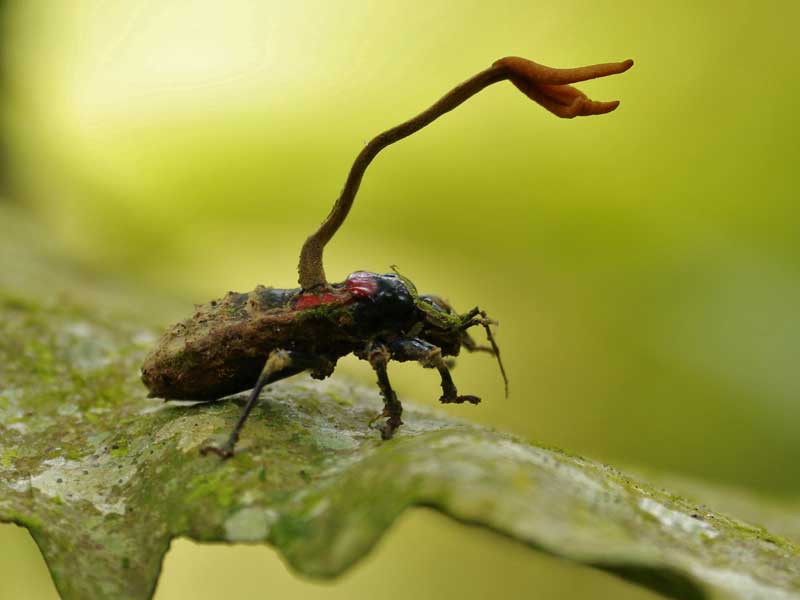
6 Incredible things about fungi and mushrooms you probably don’t know.
From zombie fungi to mycelium coffins and more, mushrooms and fungi never fail to stretch and test our imaginations. Read the full article...
7 Different products that are made with mushroom mycelium.
From buildings to vegan leather and beyond, mycelium is proving to be a powerful alternative to traditional materials. Read the full article...
Mushroom Mysticism and Visionary Experiences.
The connection between mushrooms and mysticism has been recognized for thousands of years, across numerous cultures. The full article...
